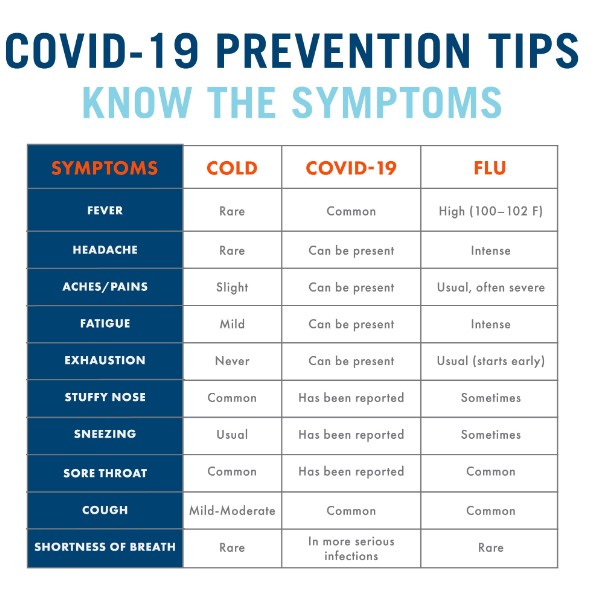BOURSESSENEGAL – The landscape of COVID-19 continues to evolve, and understanding current COVID symptoms is essential for everyone. As new variants emerge, symptoms may shift, making it crucial to stay informed. In this comprehensive guide, we’ll explore the latest symptoms associated with COVID-19, how they compare to other illnesses, and what to do if you experience them.
What Are the Current COVID Symptoms?
Common Symptoms of COVID-19
The symptoms of COVID-19 can vary widely among individuals. However, certain symptoms remain prevalent. The most frequently reported current COVID symptoms include:
- Fever or chills: A high temperature often accompanies an infection.
- Cough: A dry cough is typical and may persist for several days.
- Shortness of breath: Difficulty breathing can occur, especially in more severe cases.
- Fatigue: Many individuals report feeling unusually tired, even with minimal activity.
- Muscle or body aches: Generalized pain is common among those infected.
- Loss of taste or smell: Anosmia can be a telltale sign of COVID-19.
- Sore throat: This symptom can also appear early in the illness.
- Congestion or runny nose: Nasal symptoms may resemble a common cold.
- Headache: Some patients report headaches as part of their symptoms.
- Nausea or vomiting: Digestive symptoms can occur, although they are less common.
Less Common Symptoms
In addition to the common symptoms, some people may experience less typical signs, including:
- Skin rashes: Some individuals report unusual skin changes.
- Conjunctivitis (pink eye): This can occur alongside other symptoms.
- Diarrhea: Gastrointestinal issues can arise in some cases.
How Do Current COVID Symptoms Compare to Other Illnesses?
COVID-19 vs. the Flu
Both COVID-19 and the flu share several symptoms, making it challenging to distinguish between the two. Key similarities include:
- Fever: Both illnesses can cause fever.
- Cough: A cough is common in both cases.
- Fatigue: Feelings of tiredness are prevalent in both conditions.
However, some differences can help you identify which illness you may have:
- Loss of taste or smell: This symptom is more specific to COVID-19.
- Onset of symptoms: Flu symptoms often come on suddenly, while COVID-19 symptoms may develop more gradually.
COVID-19 vs. Common Cold
The common cold typically presents milder symptoms compared to COVID-19. While some overlap exists, such as a runny nose and cough, COVID-19 symptoms are generally more severe and can lead to serious complications.
When to Get Tested for COVID-19
Recognizing Symptoms
If you experience current COVID symptoms, it’s crucial to get tested as soon as possible. Testing helps confirm whether you have COVID-19 and allows for appropriate measures to prevent spreading the virus. Even mild symptoms warrant a test.
Exposure to COVID-19
If you’ve been in close contact with someone who tested positive, consider getting tested, even if you feel fine. Testing after exposure can help catch asymptomatic cases, preventing further transmission.
Local Guidelines
Check local health department guidelines regarding testing, as recommendations may vary based on community transmission levels. Some areas may encourage testing for anyone exhibiting symptoms, while others may focus on high-risk populations.
What to Do if You Experience COVID Symptoms
Self-Isolate
If you exhibit current COVID symptoms, self-isolation is critical. Stay at home to avoid spreading the virus to others. Keep a safe distance from household members, and use a separate bathroom if possible.
Monitor Your Symptoms
Keep track of your symptoms and note any changes. If symptoms worsen, seek medical advice promptly. Watch for signs of severe illness, such as difficulty breathing, persistent chest pain, confusion, or bluish lips or face.
Stay Hydrated and Rest
While at home, prioritize hydration and rest. Drink plenty of fluids and allow your body to recover. Over-the-counter medications may alleviate mild symptoms, but consult a healthcare provider before taking anything.
Seek Medical Care if Necessary
If you experience severe symptoms, do not hesitate to seek medical attention. Emergency rooms and urgent care centers can provide the necessary support for those in distress.
Preventing the Spread of COVID-19
Vaccination
Getting vaccinated remains one of the most effective ways to protect yourself and others from severe illness. Vaccines reduce the risk of contracting the virus and significantly lower the chances of hospitalization.
Practice Good Hygiene
Maintain good hygiene practices to prevent virus transmission:
- Wash your hands frequently: Use soap and water for at least 20 seconds, especially after being in public.
- Use hand sanitizer: If soap and water are unavailable, use a hand sanitizer with at least 60% alcohol.
- Wear a mask: In crowded or indoor settings, wearing a mask can reduce transmission risk.
Maintain Social Distancing
Whenever possible, keep a safe distance from others, especially in crowded places. Limit contact with individuals outside your household, particularly if community transmission is high.
The Importance of Staying Informed
Follow Reliable Sources
Stay updated on current COVID symptoms and guidelines from reputable sources, such as the Centers for Disease Control and Prevention (CDC) and the World Health Organization (WHO). These organizations provide accurate and timely information.
Local Health Updates
Pay attention to local health authorities for updates specific to your area. Guidelines can change based on emerging variants or changes in case numbers.
Conclusion
Understanding the current COVID symptoms is vital in navigating the ongoing pandemic. By recognizing the signs, knowing when to get tested, and taking appropriate precautions, you can protect yourself and others. Remember that vaccination and adherence to health guidelines play a crucial role in preventing the spread of the virus.
Stay informed and vigilant. The more we understand about COVID-19, the better equipped we become to manage it effectively. If you experience any symptoms, take action promptly. Together, we can work towards a healthier community.
REFERENCE : https://www.health.com/



